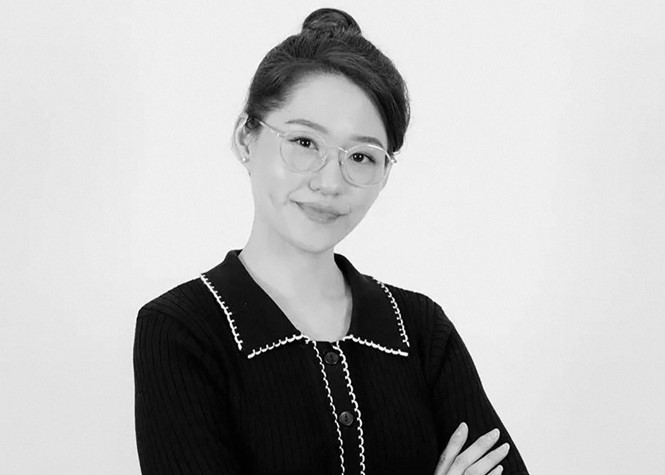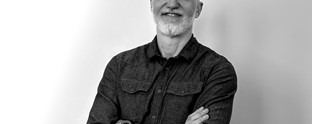Minimalism vs. maximalism in personal care brand design

Marilyn Tjitra, co-founder and creative director at Singaporean branding and creative agency Kiilat Creative, discusses how personal care brand design is a balance of functional and sensory appeal for diverse markets.
In the realm of personal care design, where visual aesthetics play a significant role in influencing consumer choices, the ongoing debate between minimalism and maximalism has taken centre stage. These two design philosophies present distinct advantages in conveying brand messages, evoking emotions and catering to diverse consumer preferences. As we dive into the world of personal care branding, it becomes evident that the choice between minimalism and maximalism can impact market positioning, cultural resonance and global appeal.
Minimalism, characterised by its clean lines, ample breathing space, limited colour palettes and elegant simplicity, finds resonance in personal care branding by conveying a sophisticated, premium look and feel, emphasising function and essential ingredients. Brands that adopt a minimalistic approach communicate transparency, trustworthiness and a commitment to quality. In developed countries, where consumers may favour straightforward and modern design, minimalistic packaging can mirror their preference for products that are reliable, effective and free from clutter. Our brand and packaging design for FOREST MD, a skincare brand based in Singapore, harnesses minimalism to exude premiumness and authenticity, resonating with consumers who value simplicity, functionality and high-quality formulations.
On the other hand, maximalism thrives in personal care design by embracing vivid colours, intricate graphics and a lavish abundance of visual elements. This approach is ideal for brands seeking to create an immersive sensory experience and an emotional connection with consumers. Maximalist packaging can evoke feelings of indulgence, pleasure and self-care. In developing countries, where the market may be more receptive to bold, literal and expressive aesthetics, maximalist designs can capture attention and resonate with consumers seeking products that provide a sense of indulgence and escape. For example, Garden of Na'eem, a personal care brand based in Indonesia, which we have helped in its brand creation and packaging design, exemplifies maximalism by utilising vibrant colours and intricate floral details to create a sensorial and enchanting brand experience.
The cultural context is a critical factor in determining the effectiveness of minimalism and maximalism in personal care branding. In some cultures, a preference for subtlety and understated elegance aligns with minimalist aesthetics. For instance, Japanese skincare brands often embody minimalist design principles, reflecting the nation's appreciation for simplicity and authenticity. This connection between cultural values and design sensibilities enhances the brand's appeal among its target audience.
However, as globalisation and exposure to minimalist aesthetics continue to shape consumer preferences in developing countries, a noteworthy trend is emerging. Consumers in these regions are beginning to embrace minimalist aesthetics as a part of their evolution towards modernity, aspiration for premium perception and international alignment. As they become more connected to the global market, their design preferences are evolving to reflect a more universal sensibility. Minimalism's adaptability and universal appeal make it an attractive choice for brands seeking to bridge cultural gaps and resonate with a broader audience.
The choice between minimalism and maximalism in personal care design is a decision that carries implications for branding success. Both approaches possess strengths that can effectively communicate brand values and offerings, as well as resonate with different consumer segments. The cultural context and the target market are influential factors that determine the level of acceptance for either design philosophy. Ultimately, the harmony between minimalism and maximalism creates a dynamic array of design choices that cater to diverse preferences, elevating the personal care experience and enriching the visual narrative of each brand.












